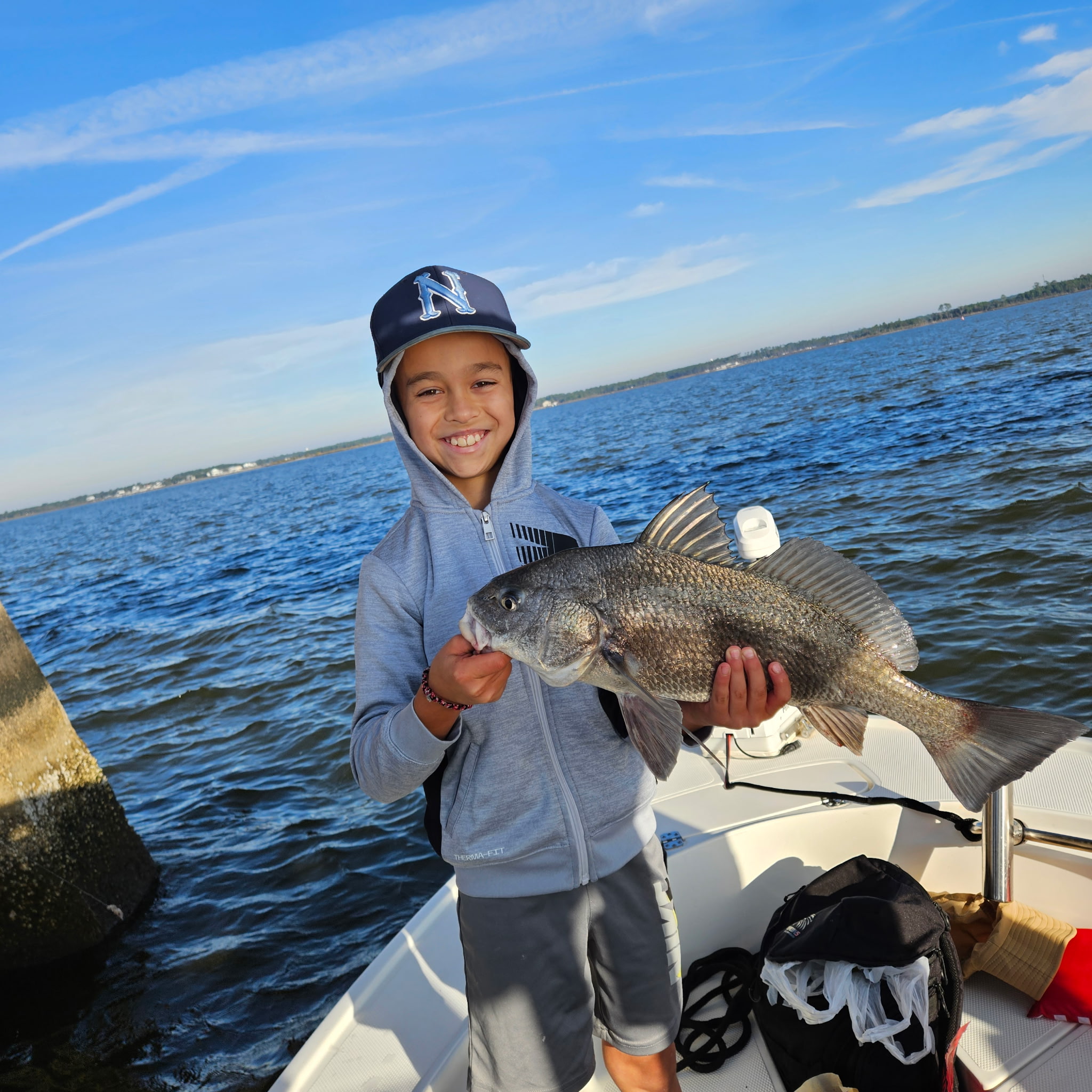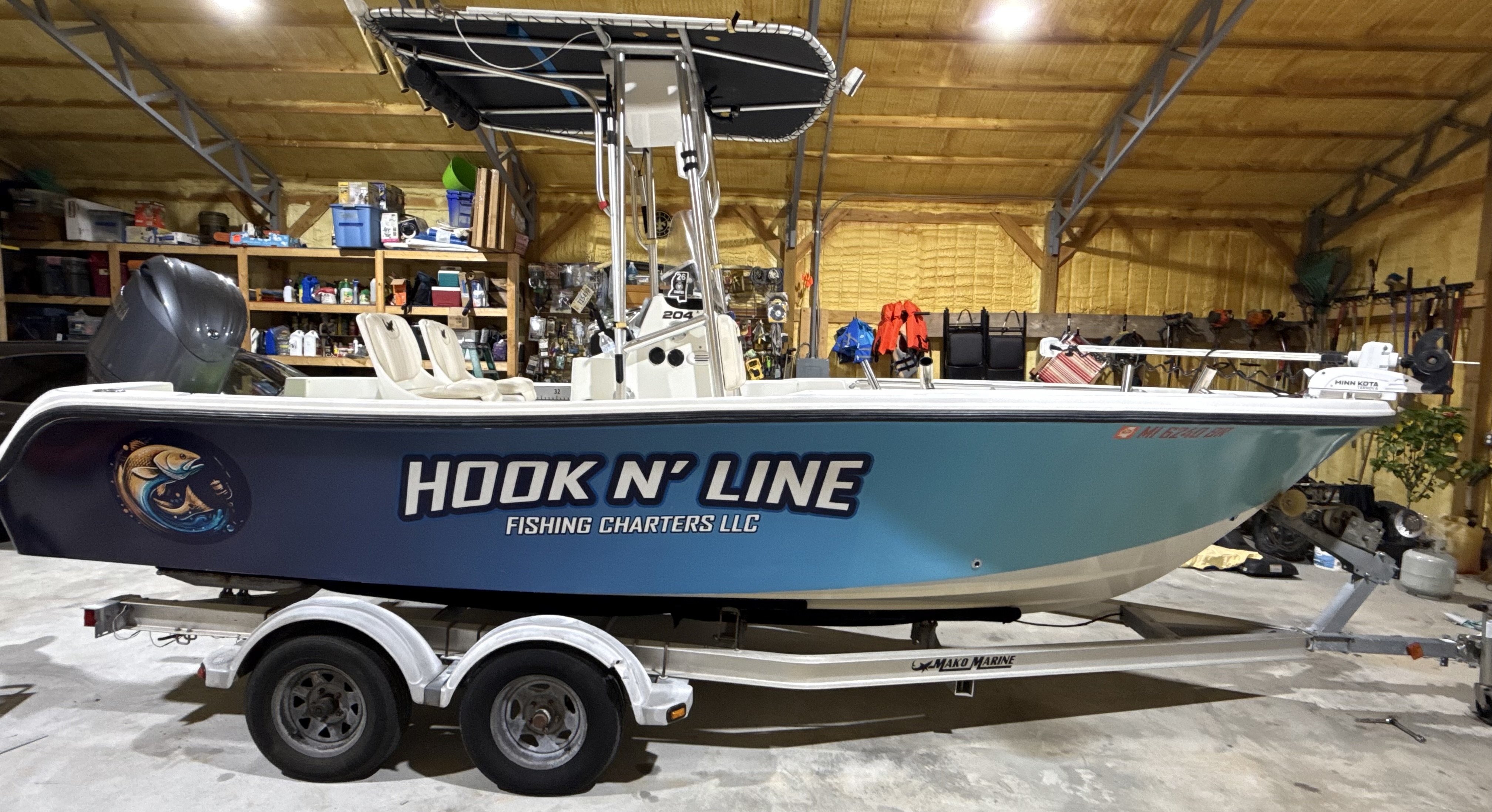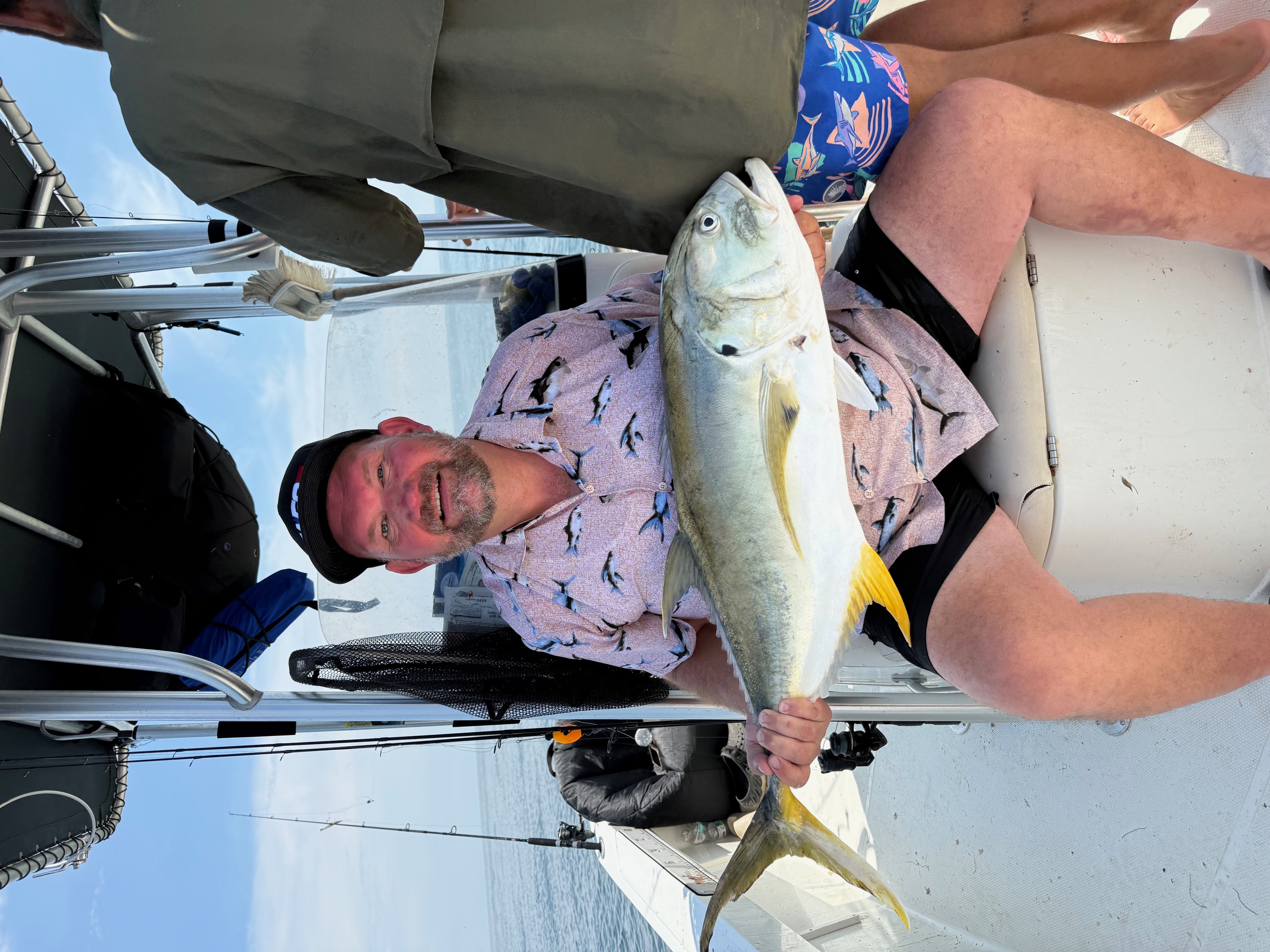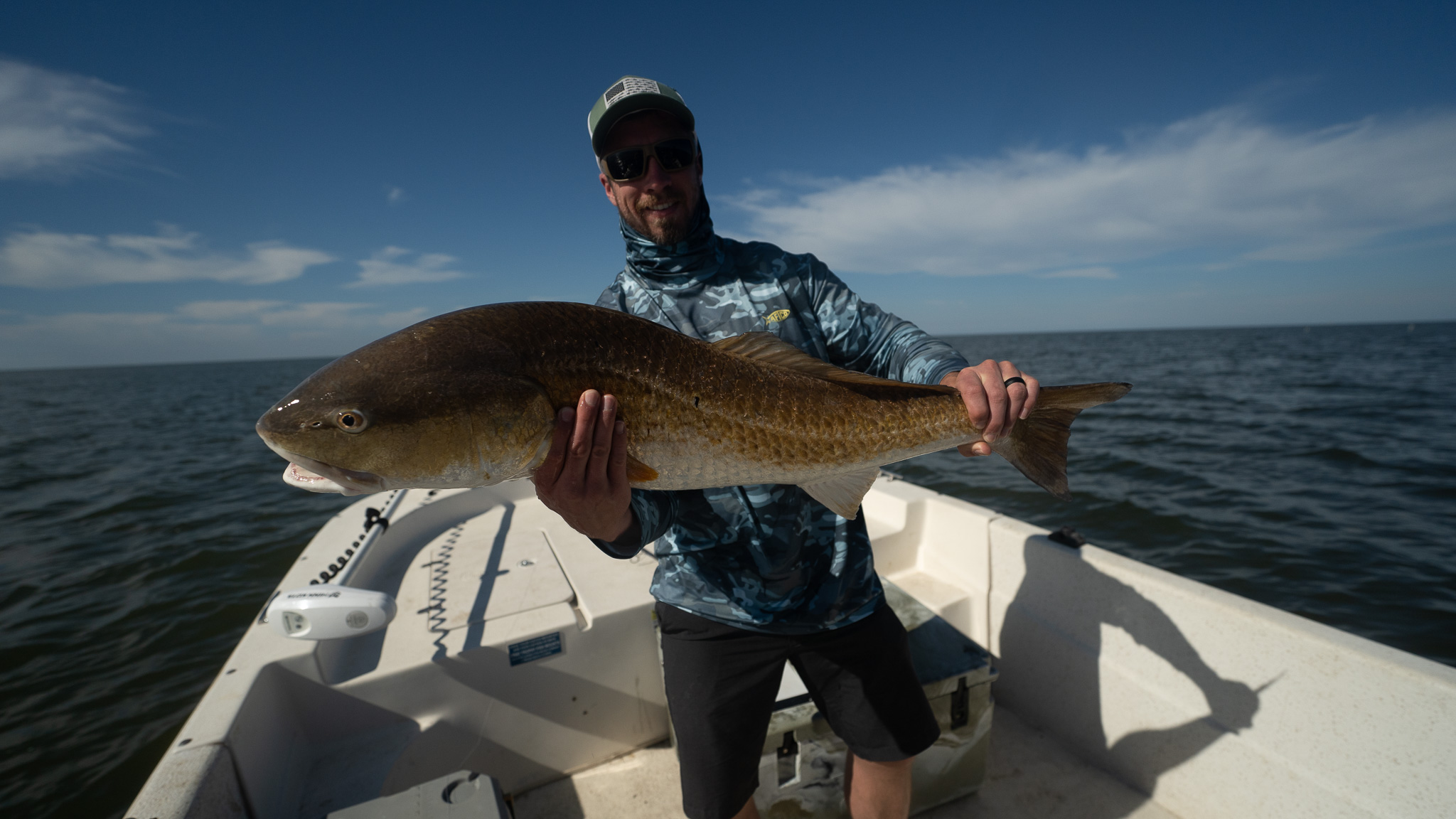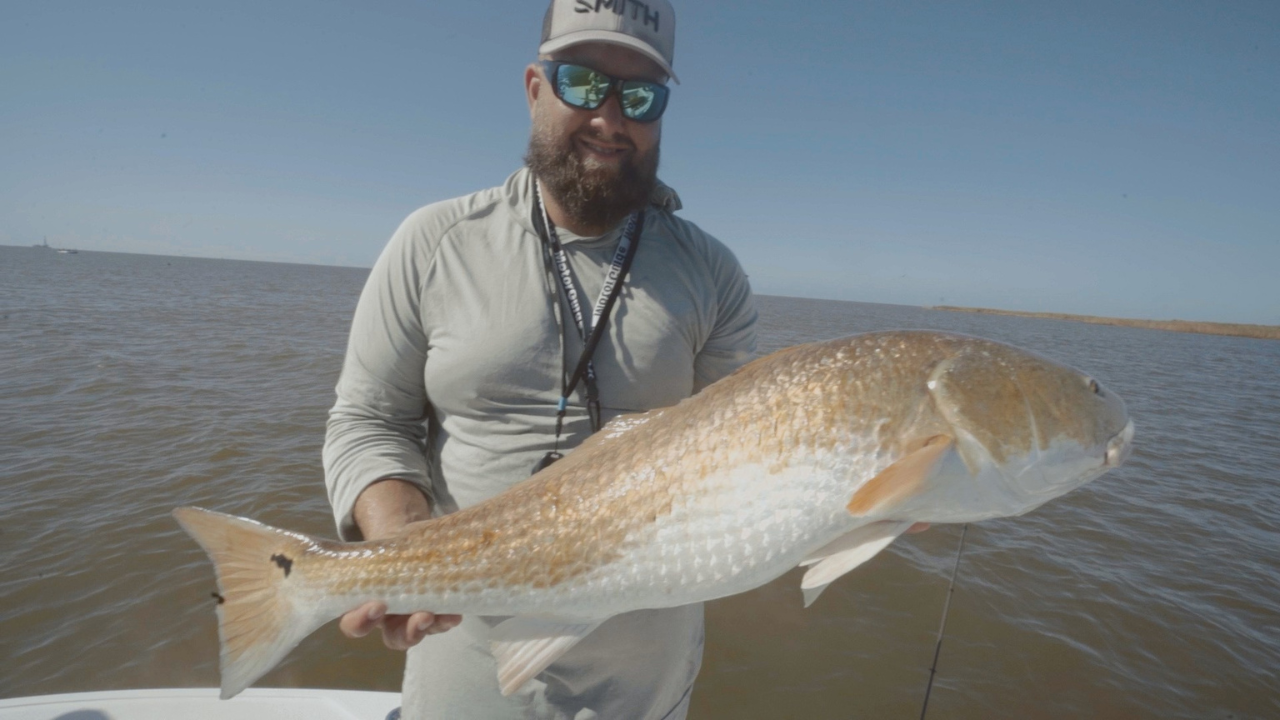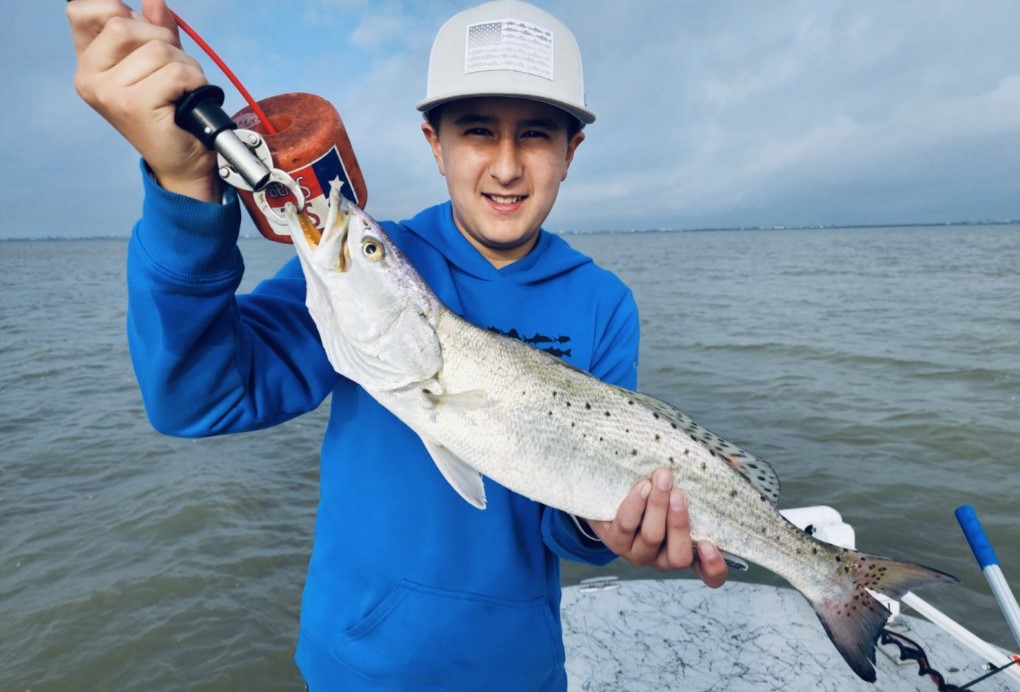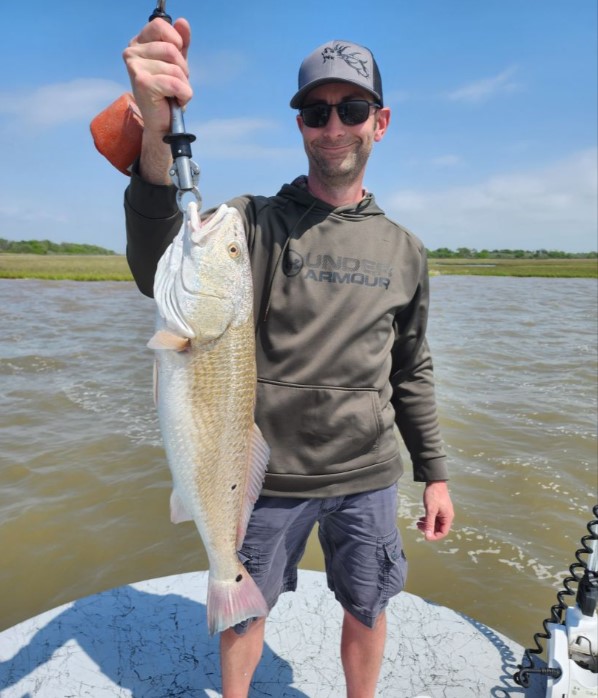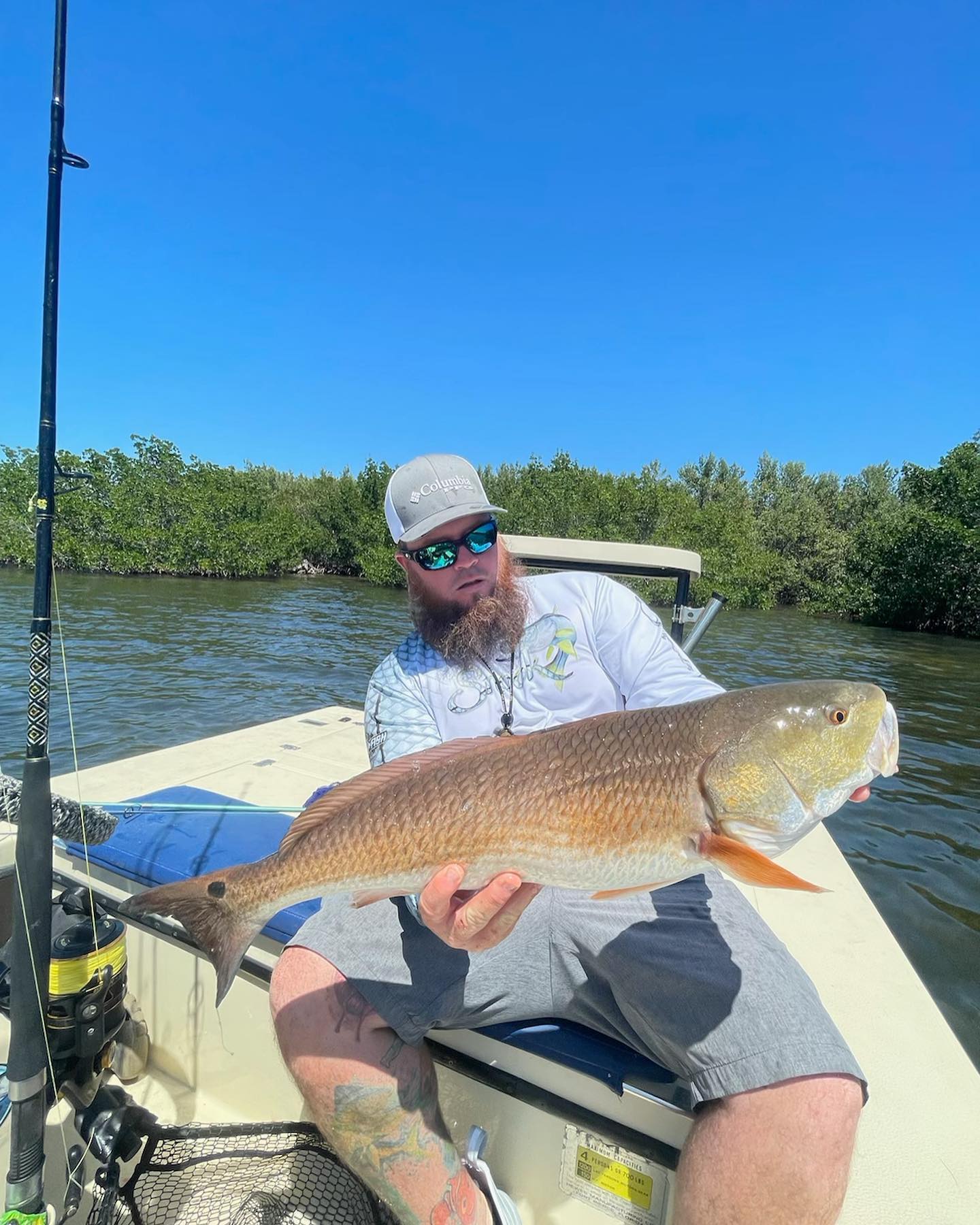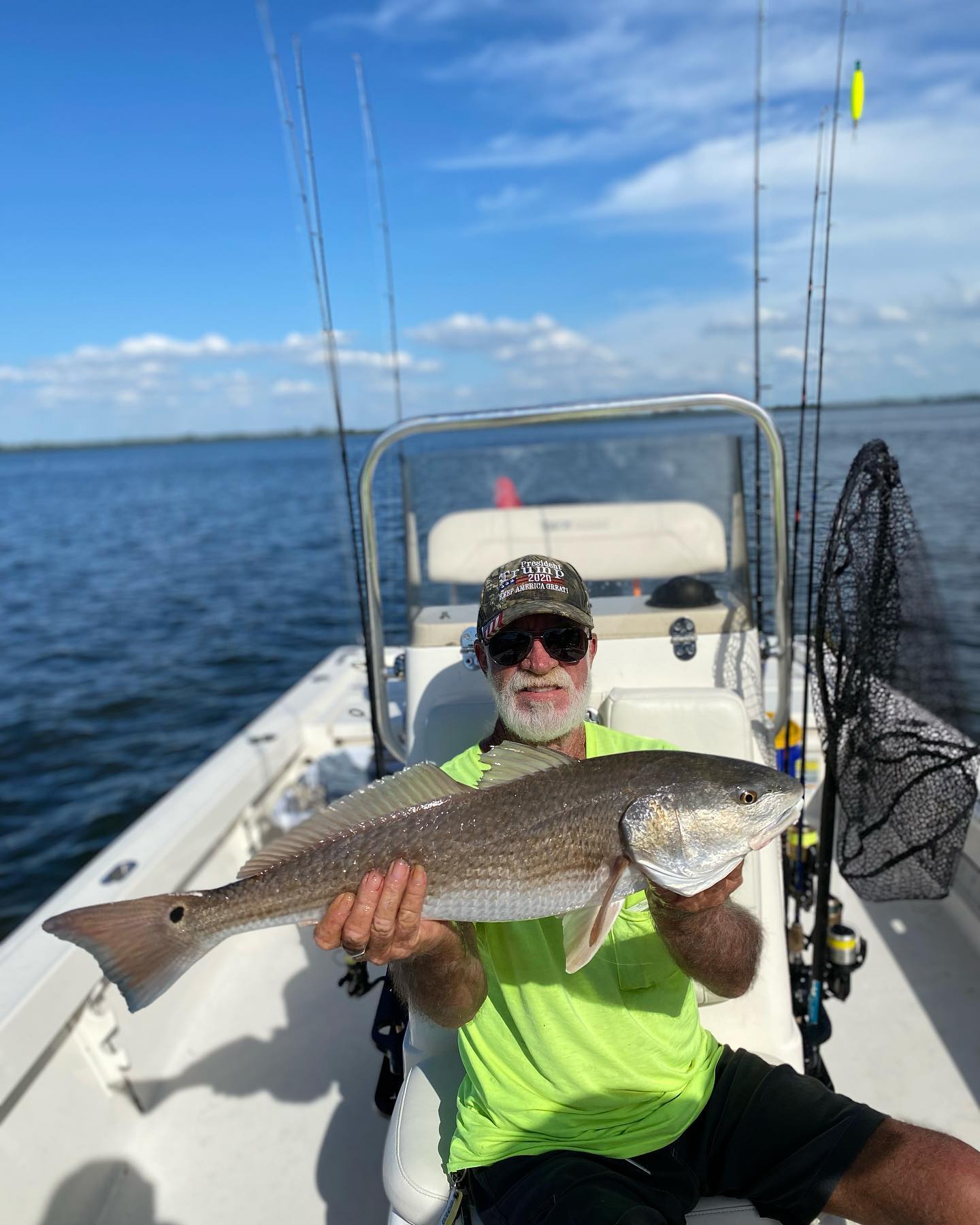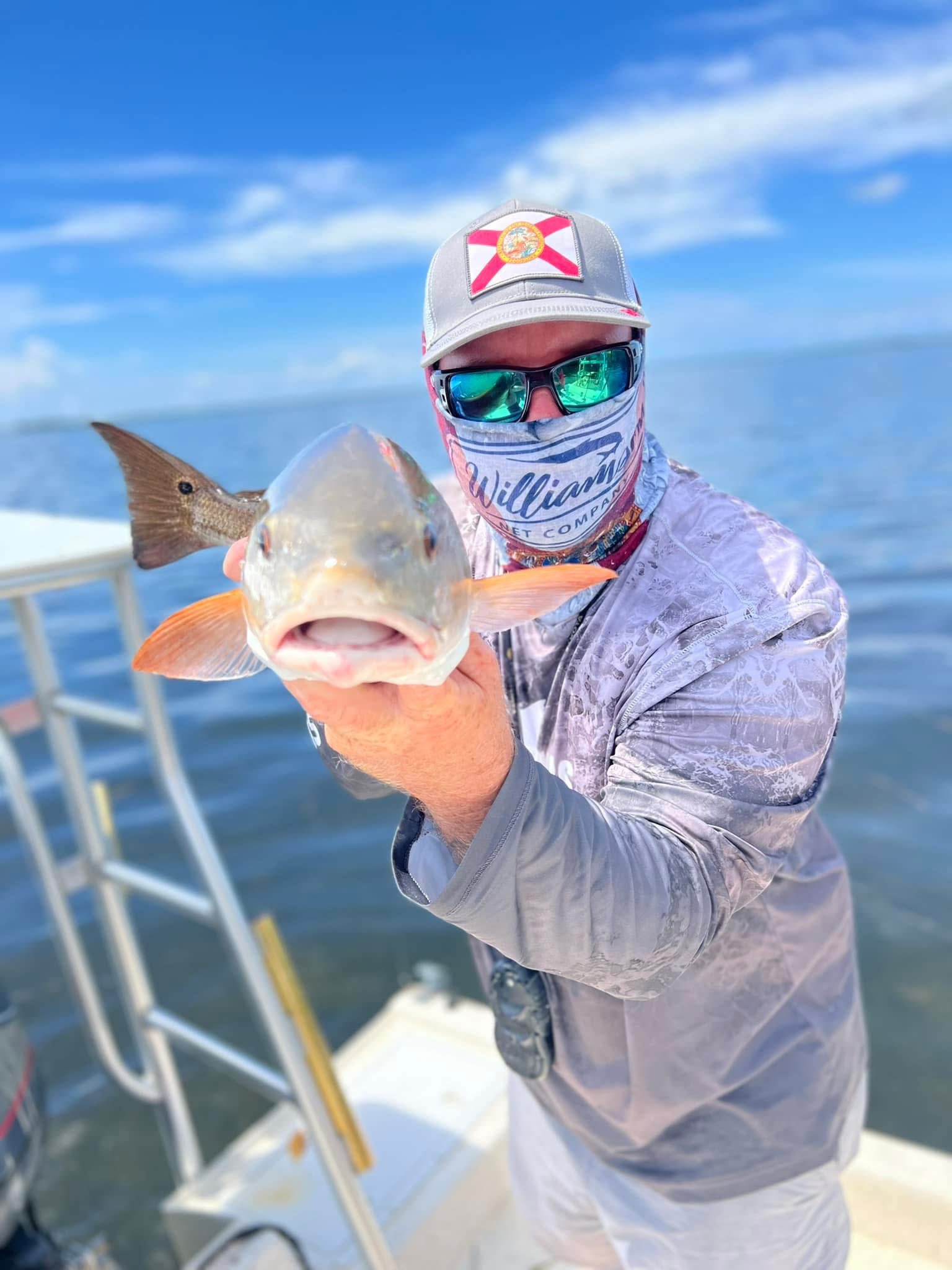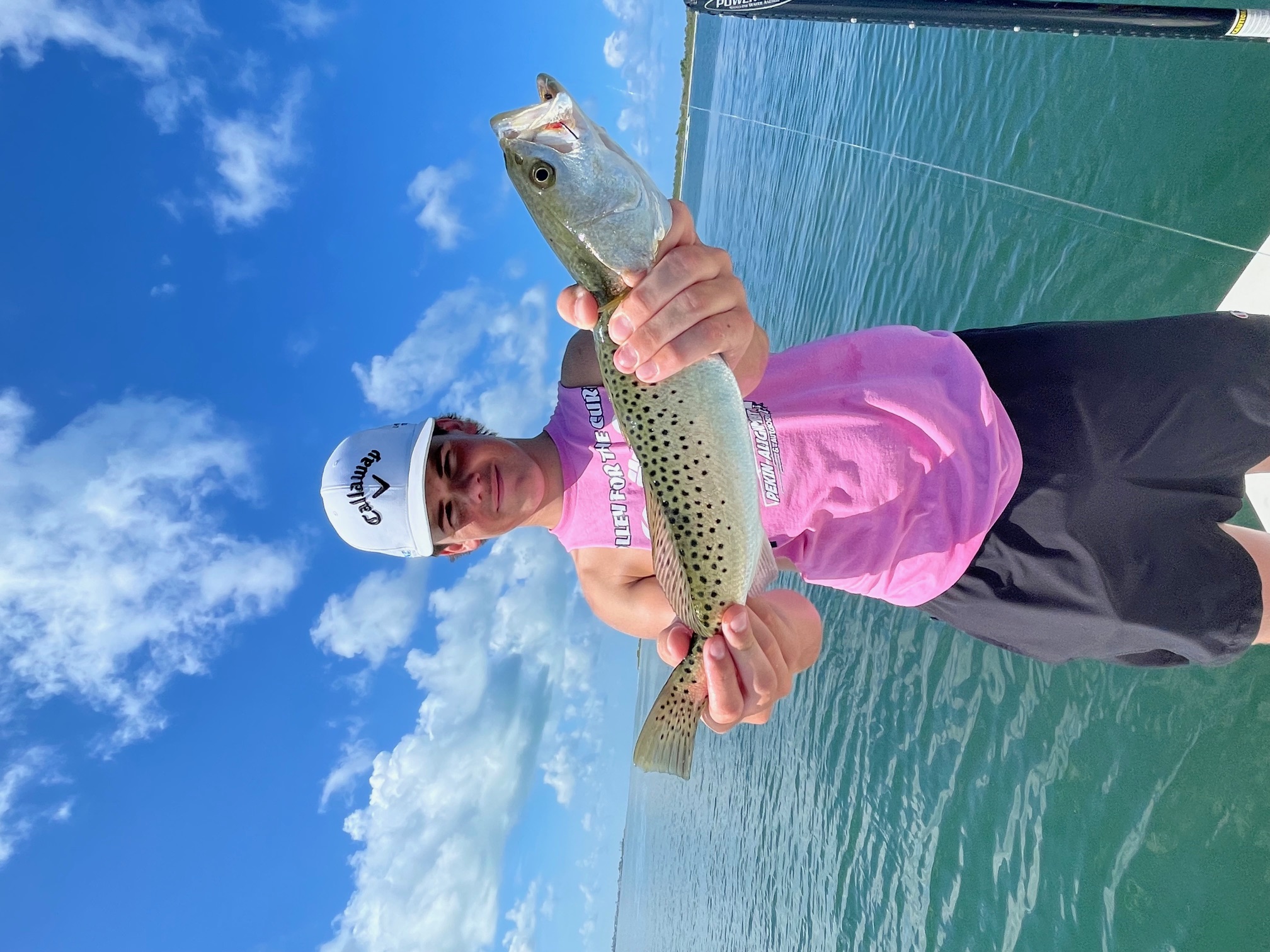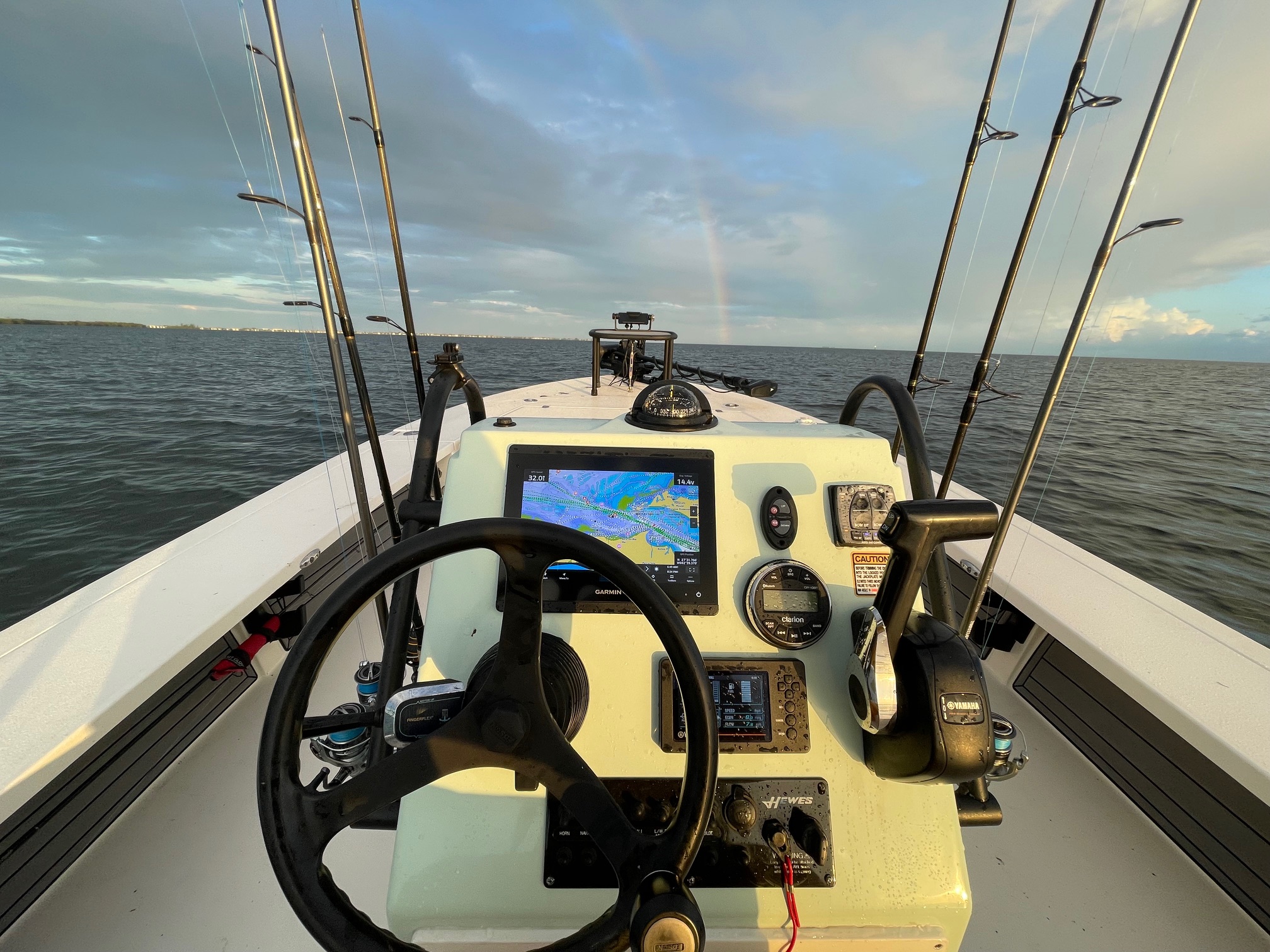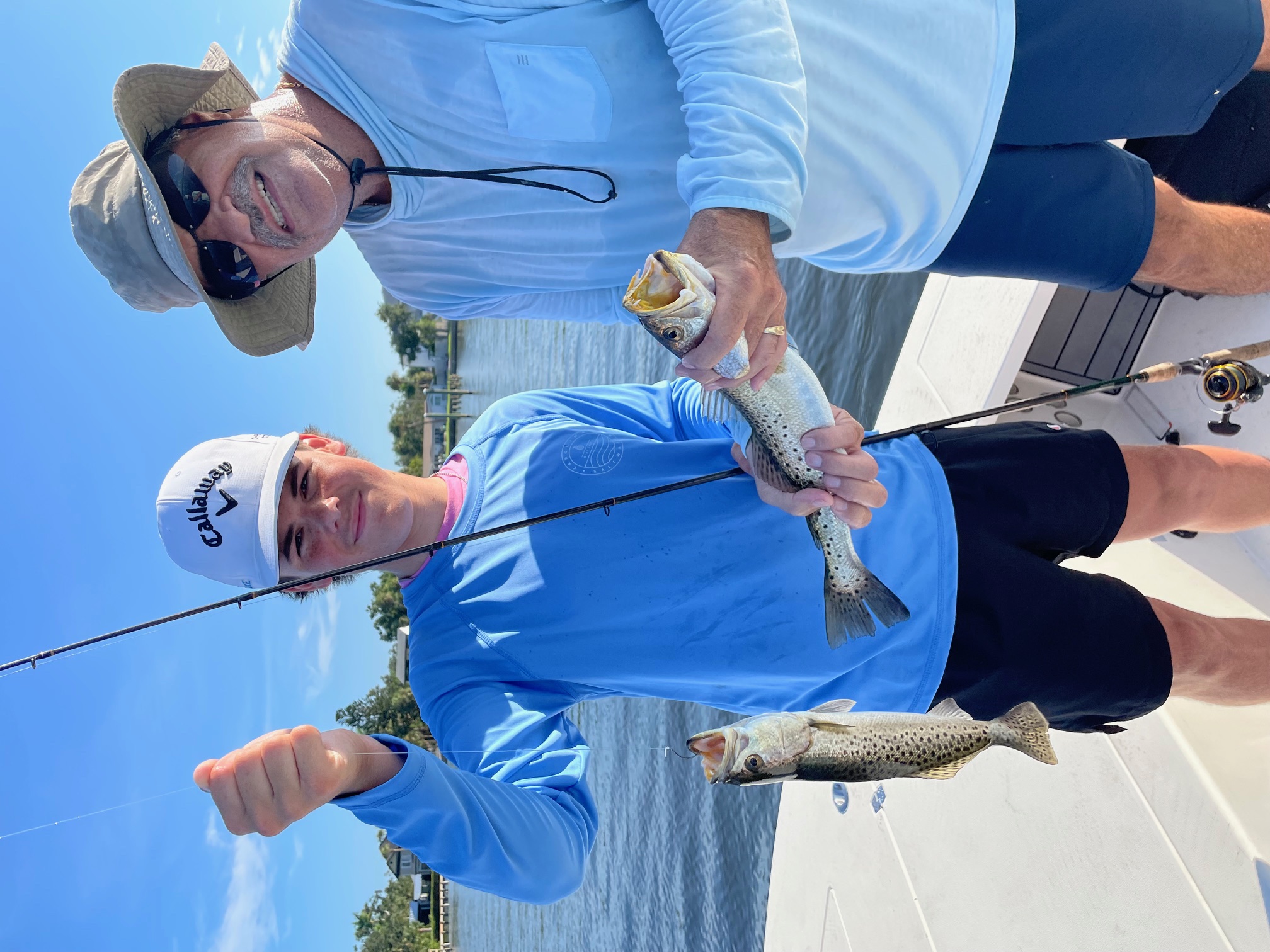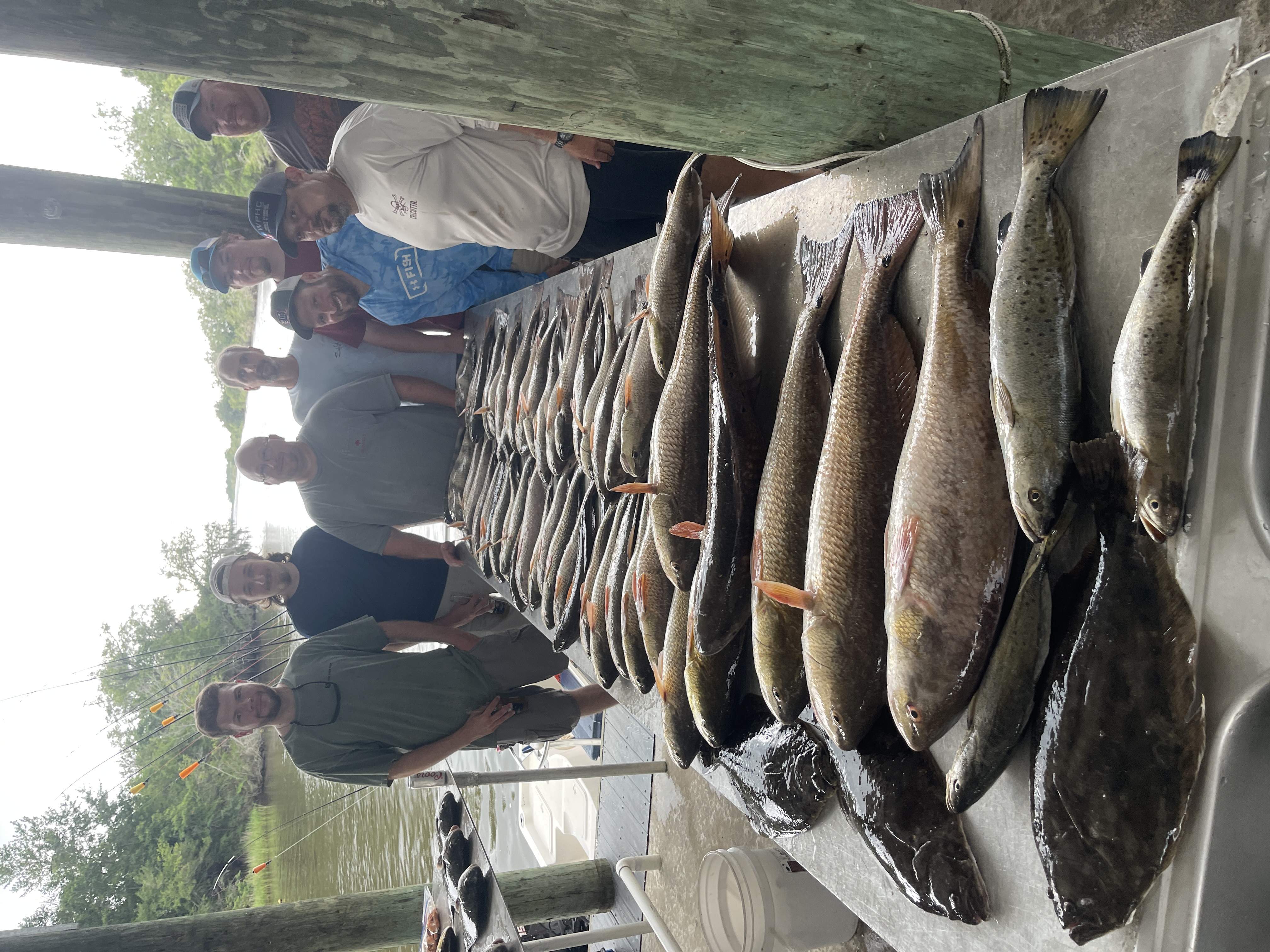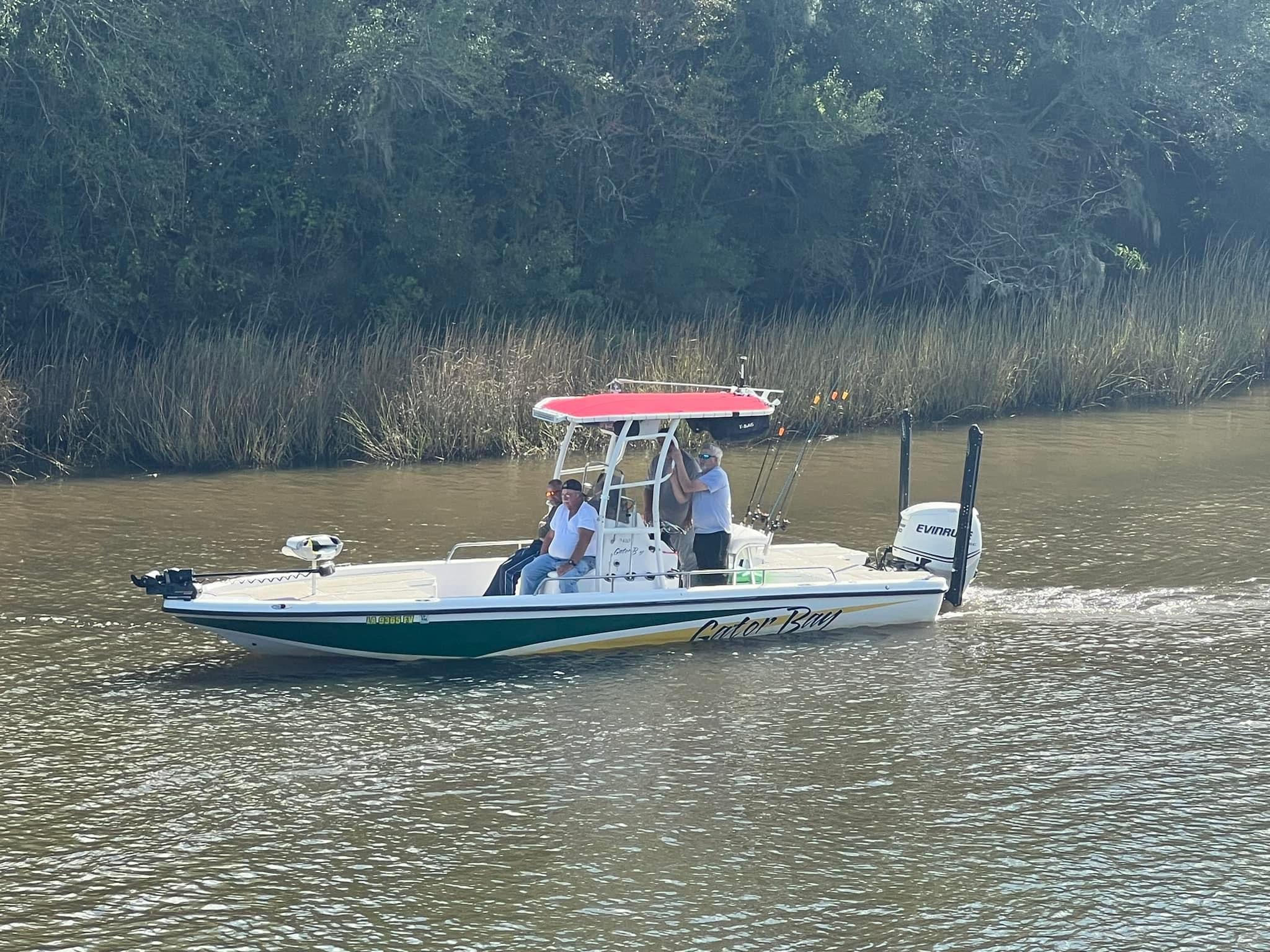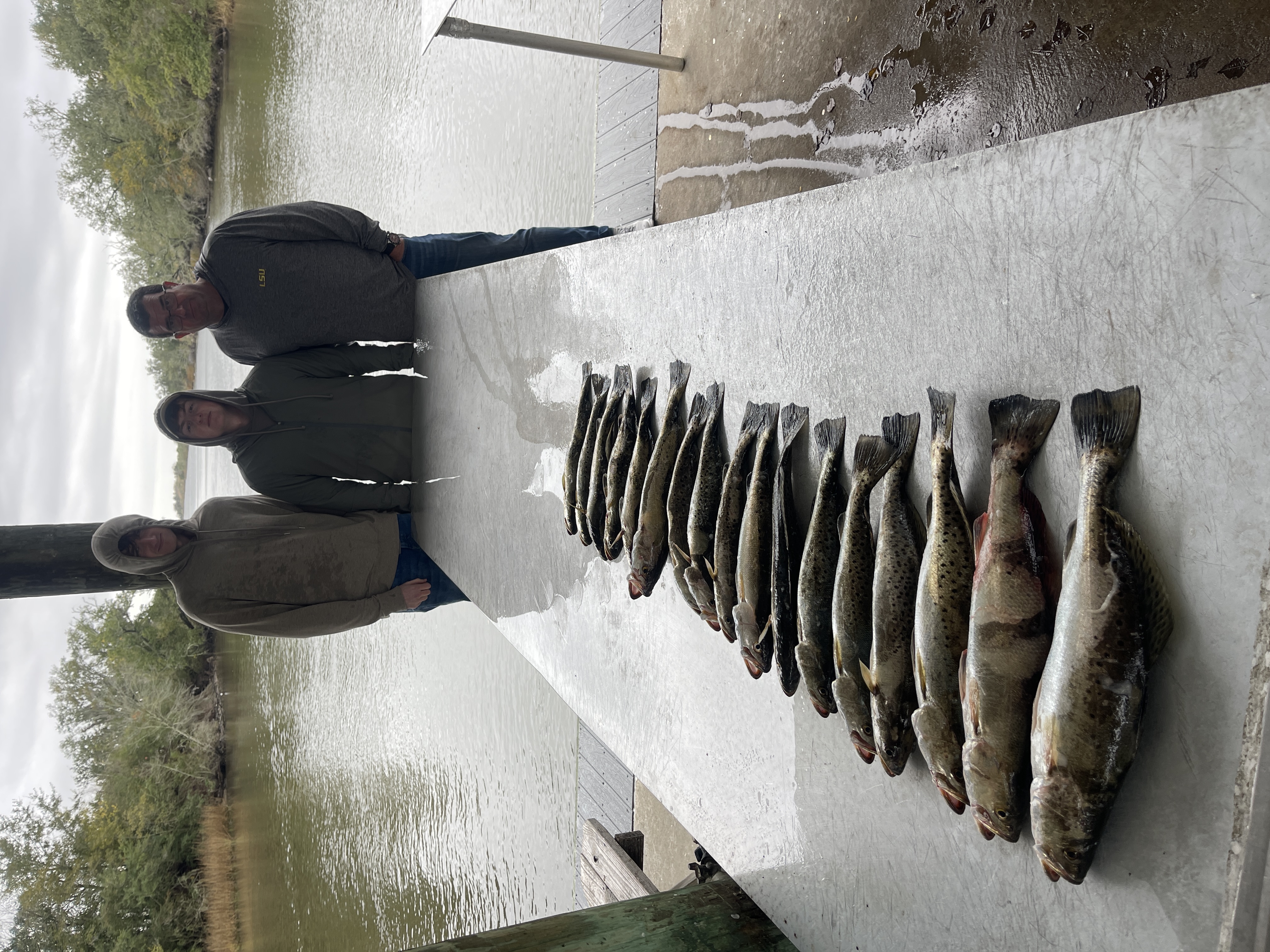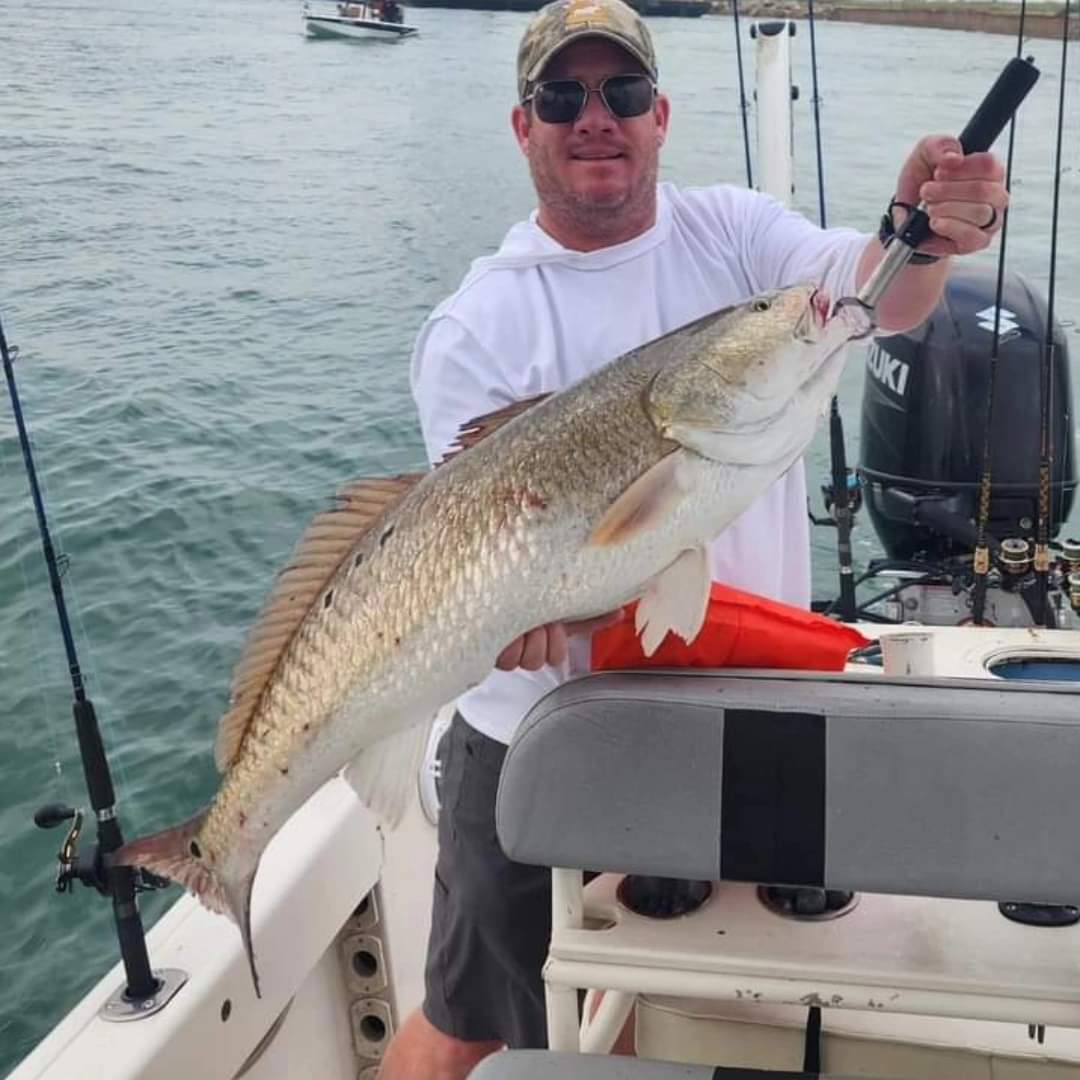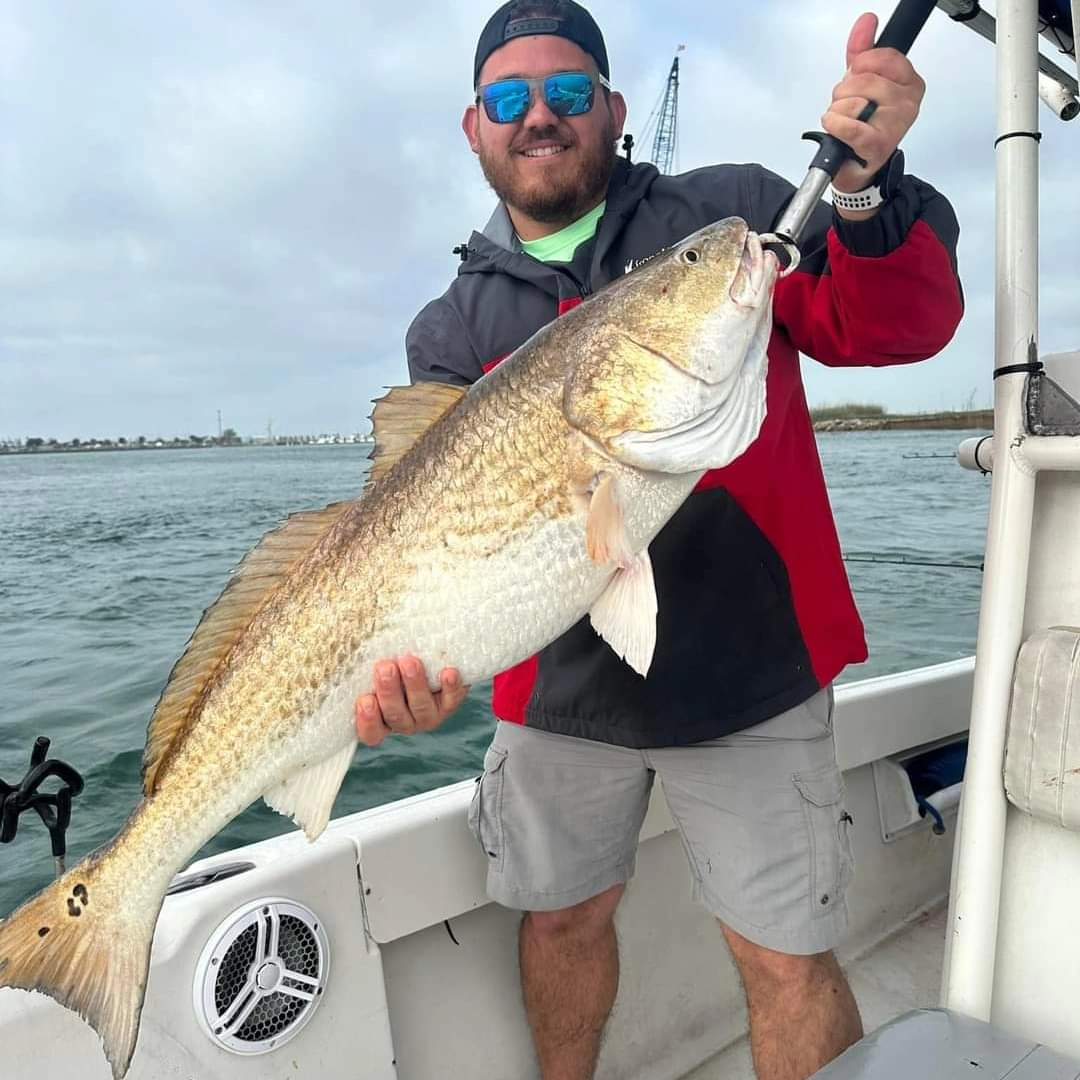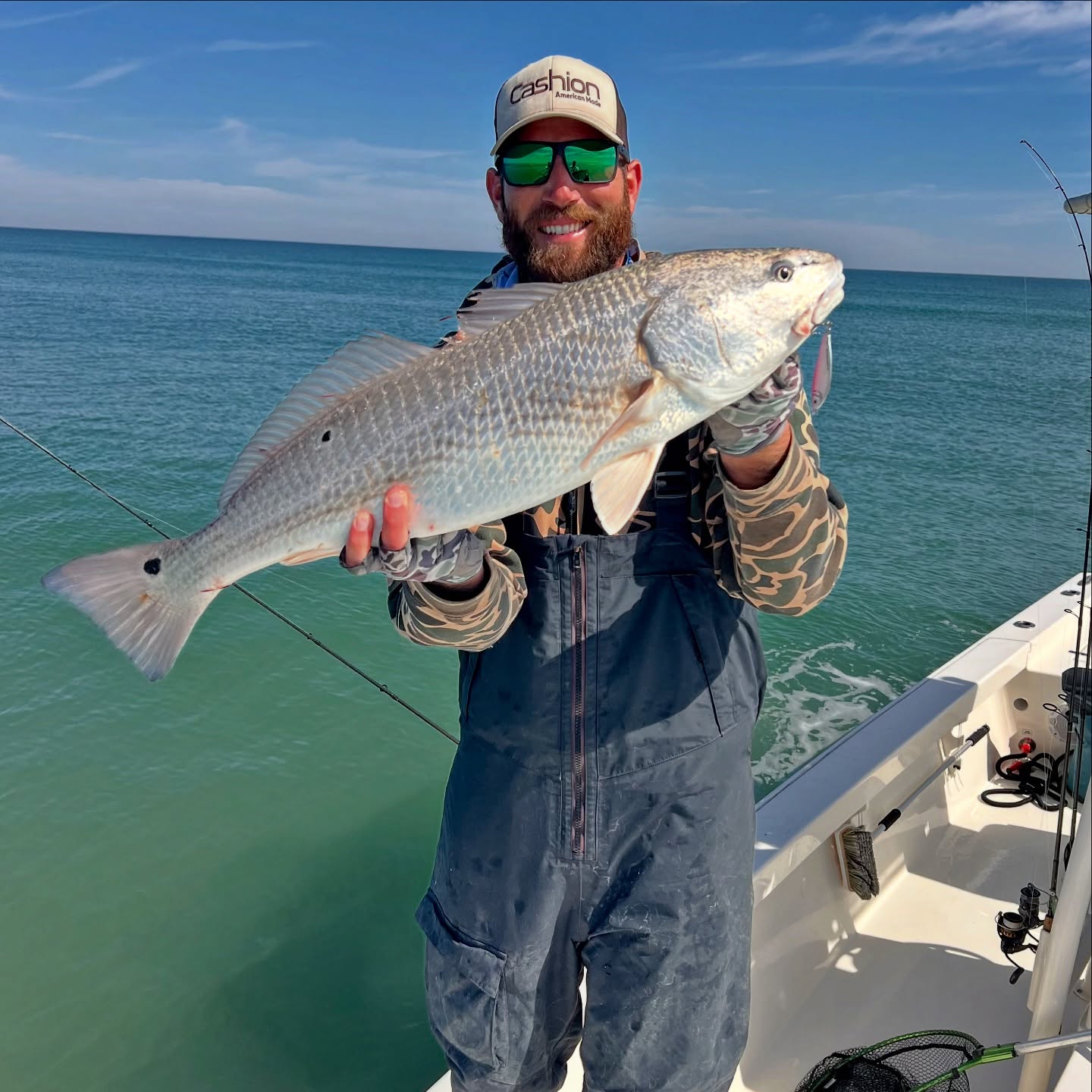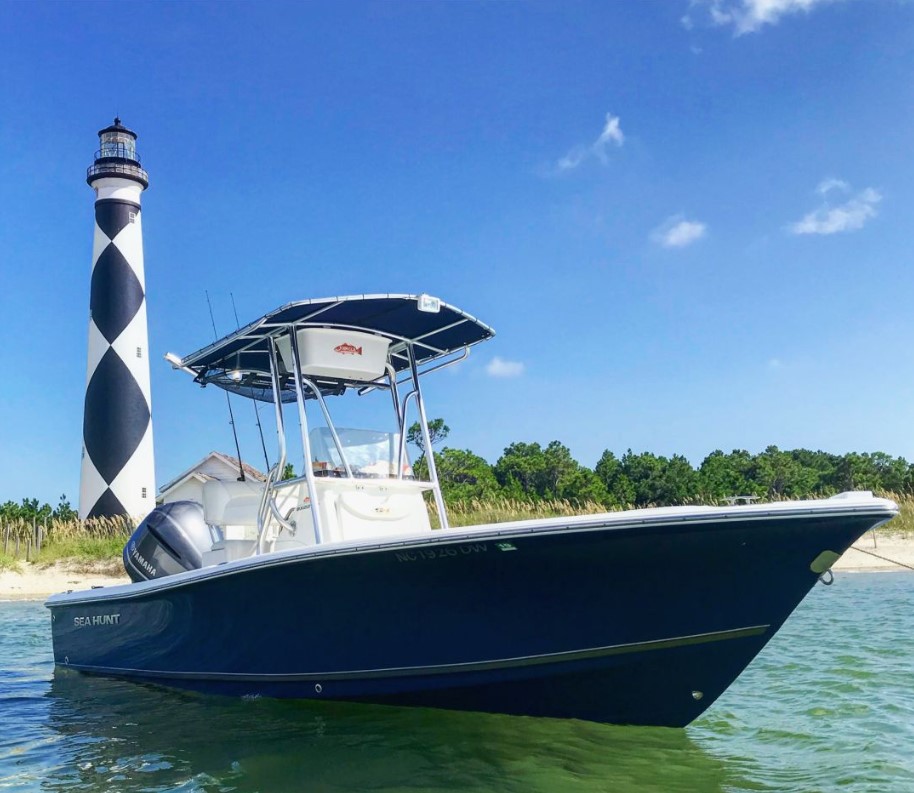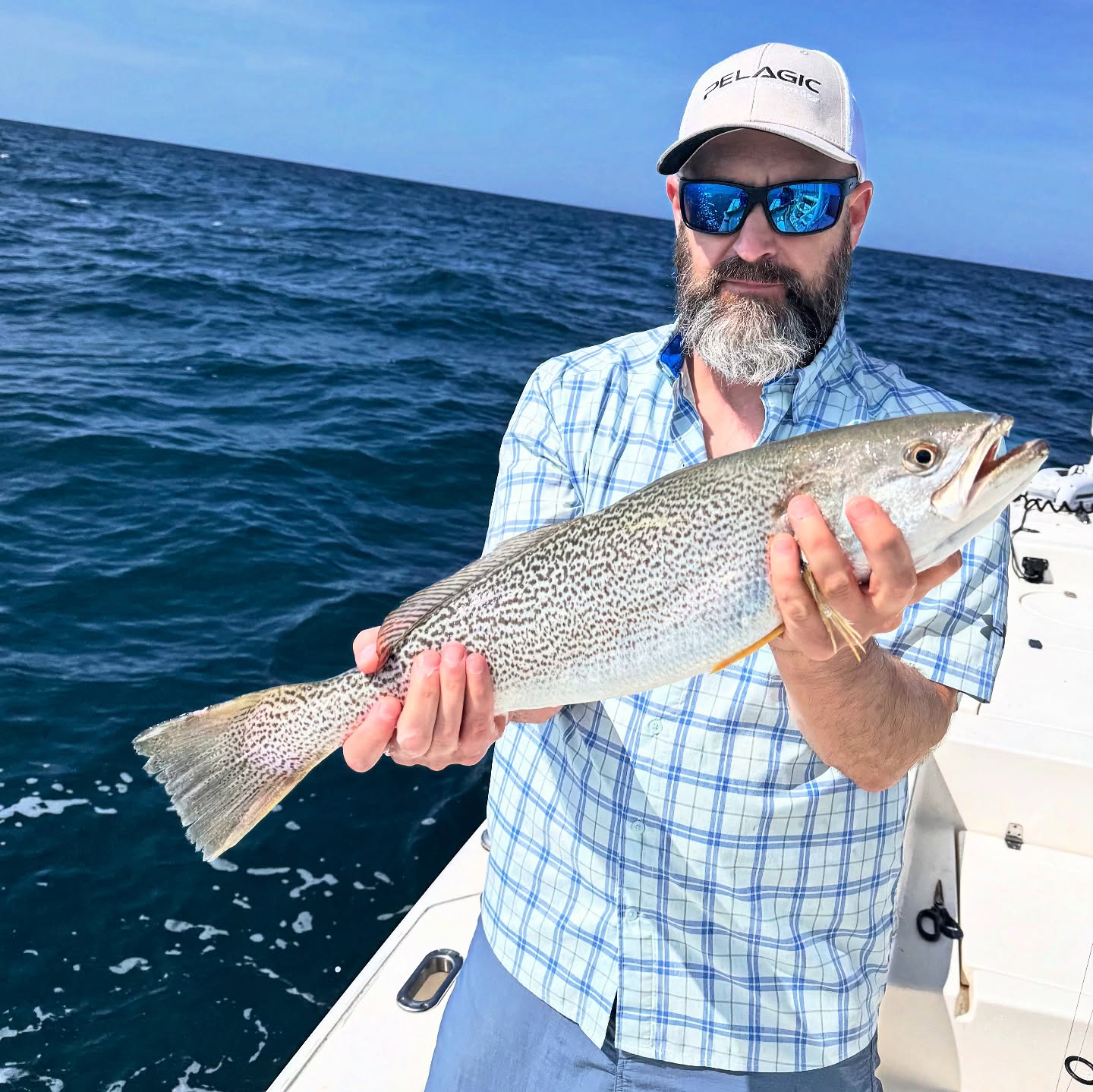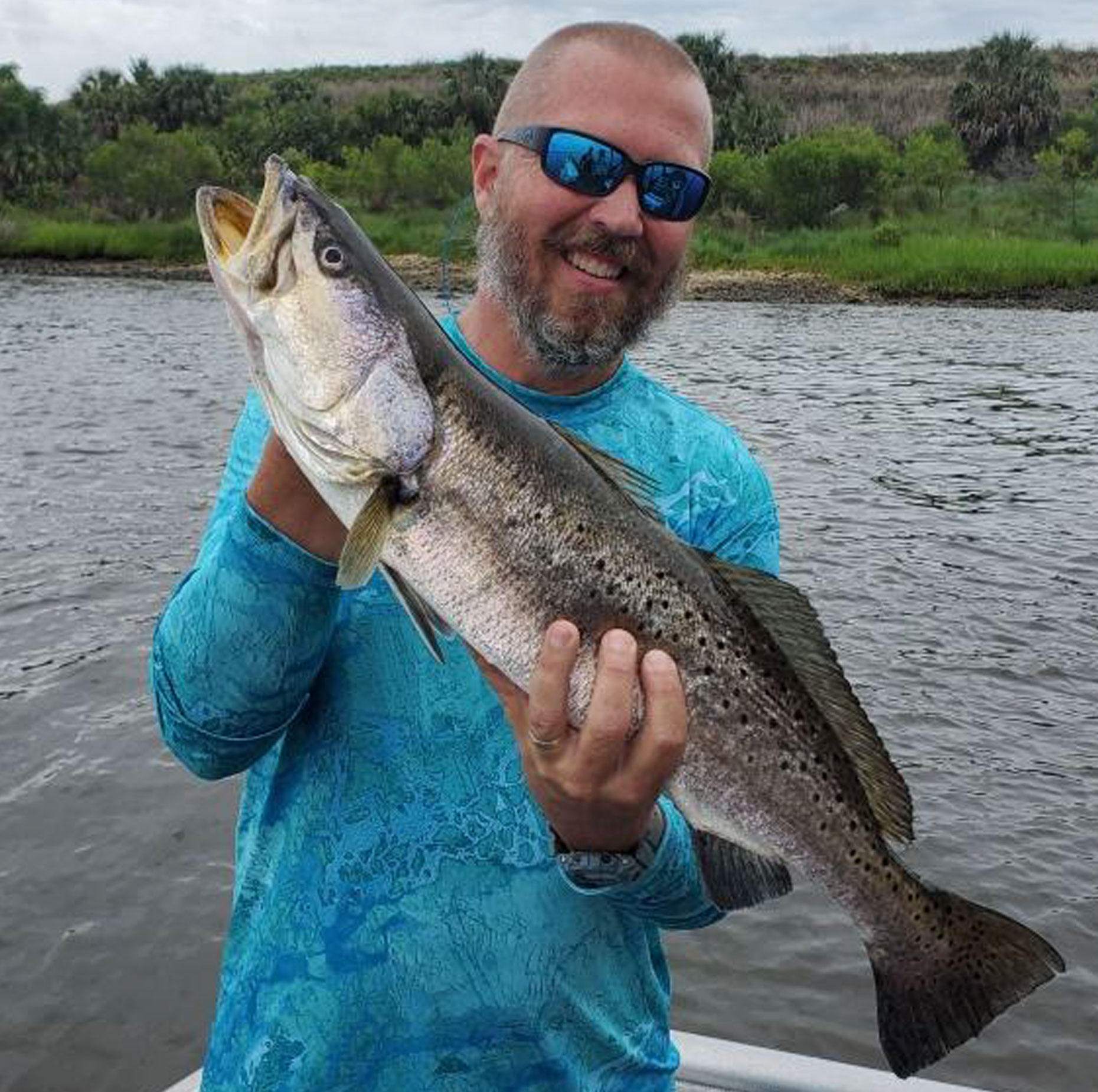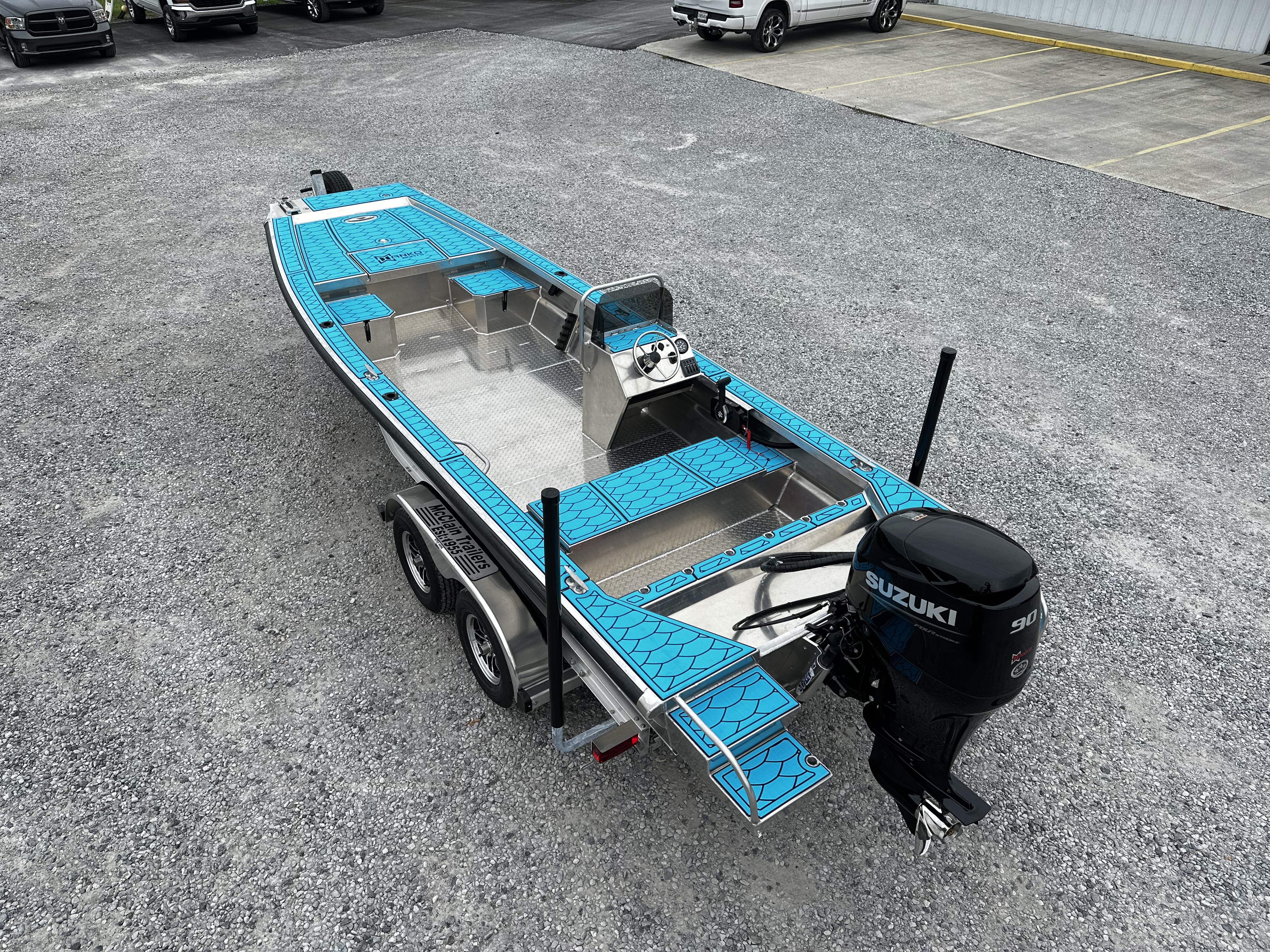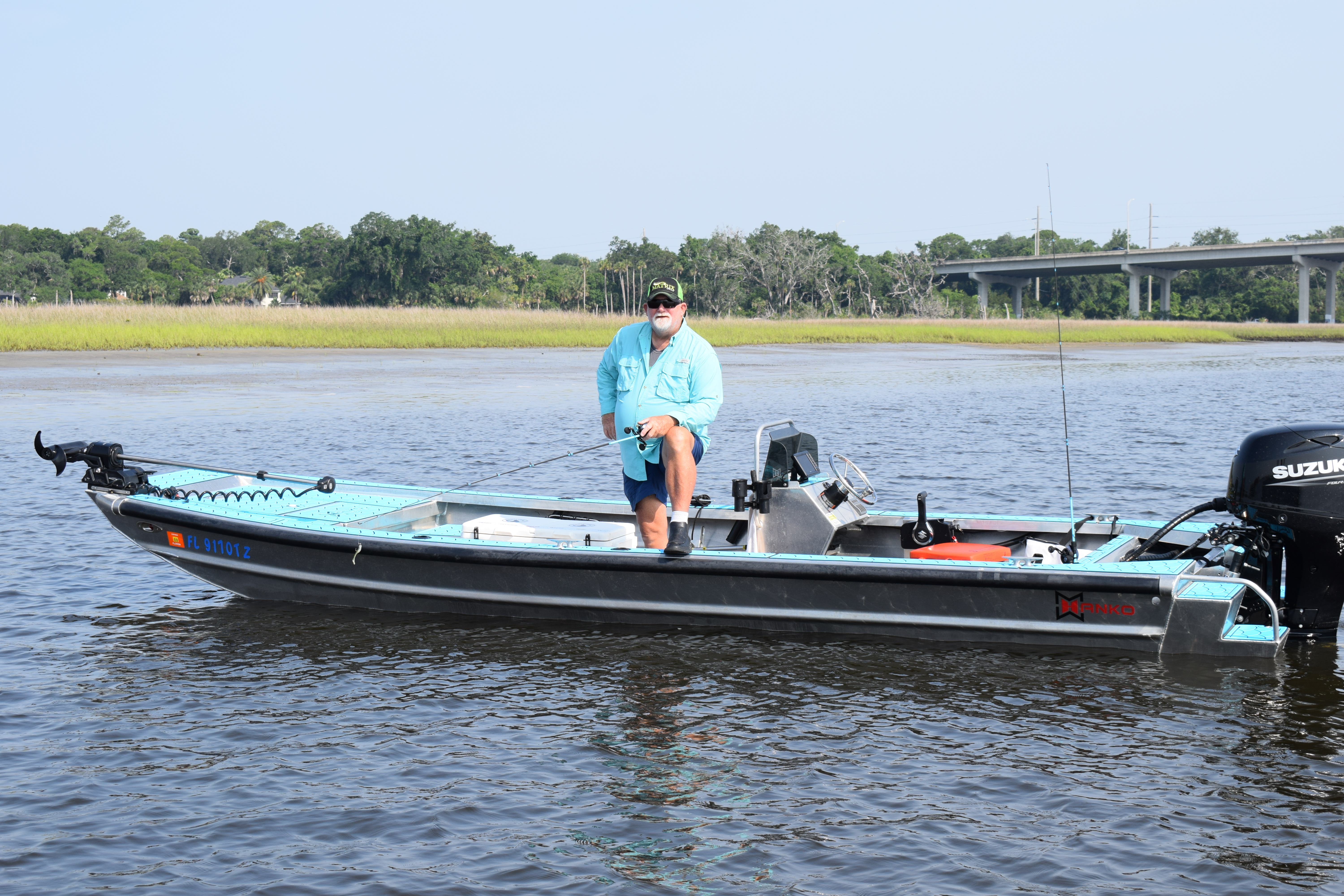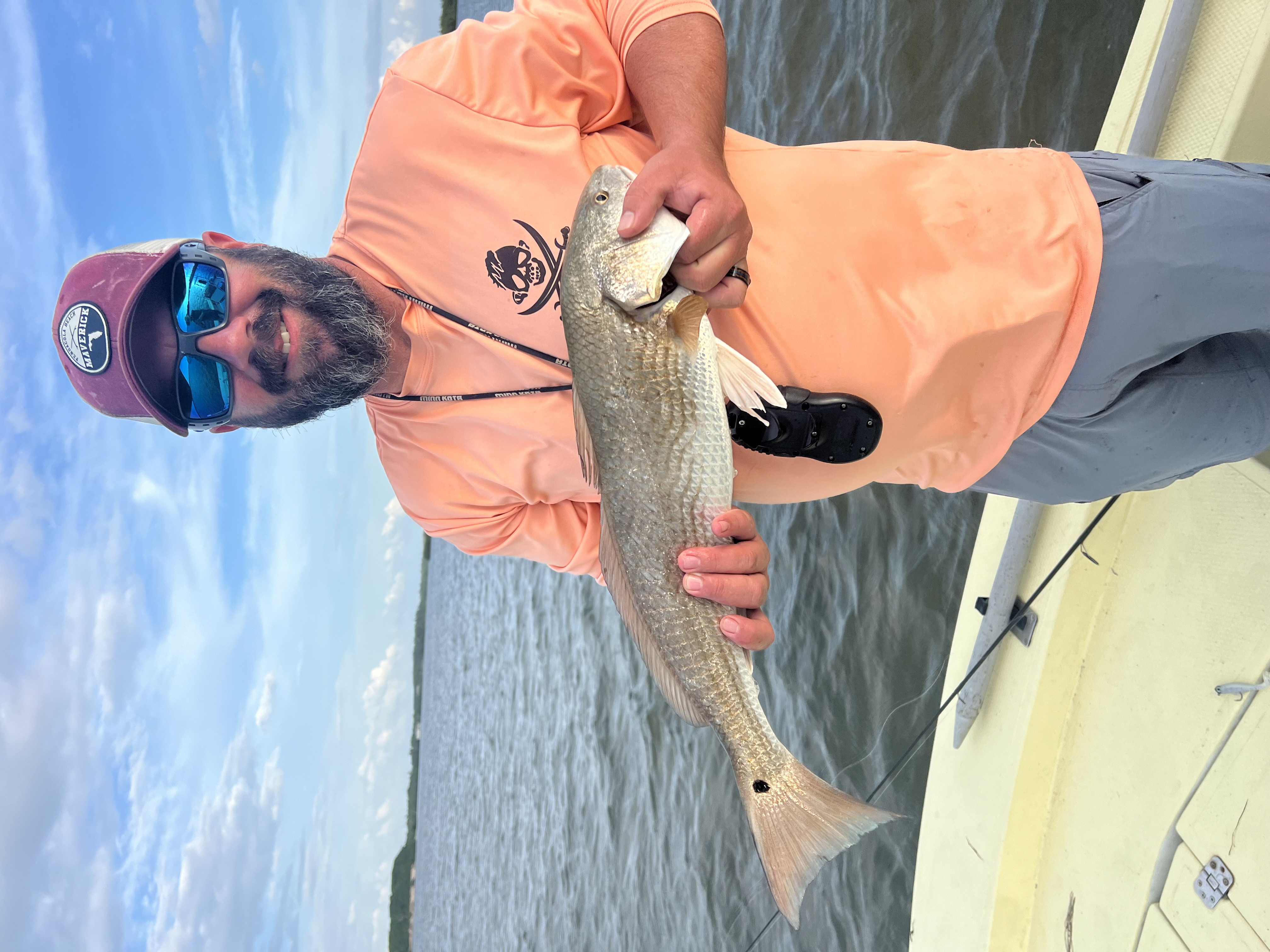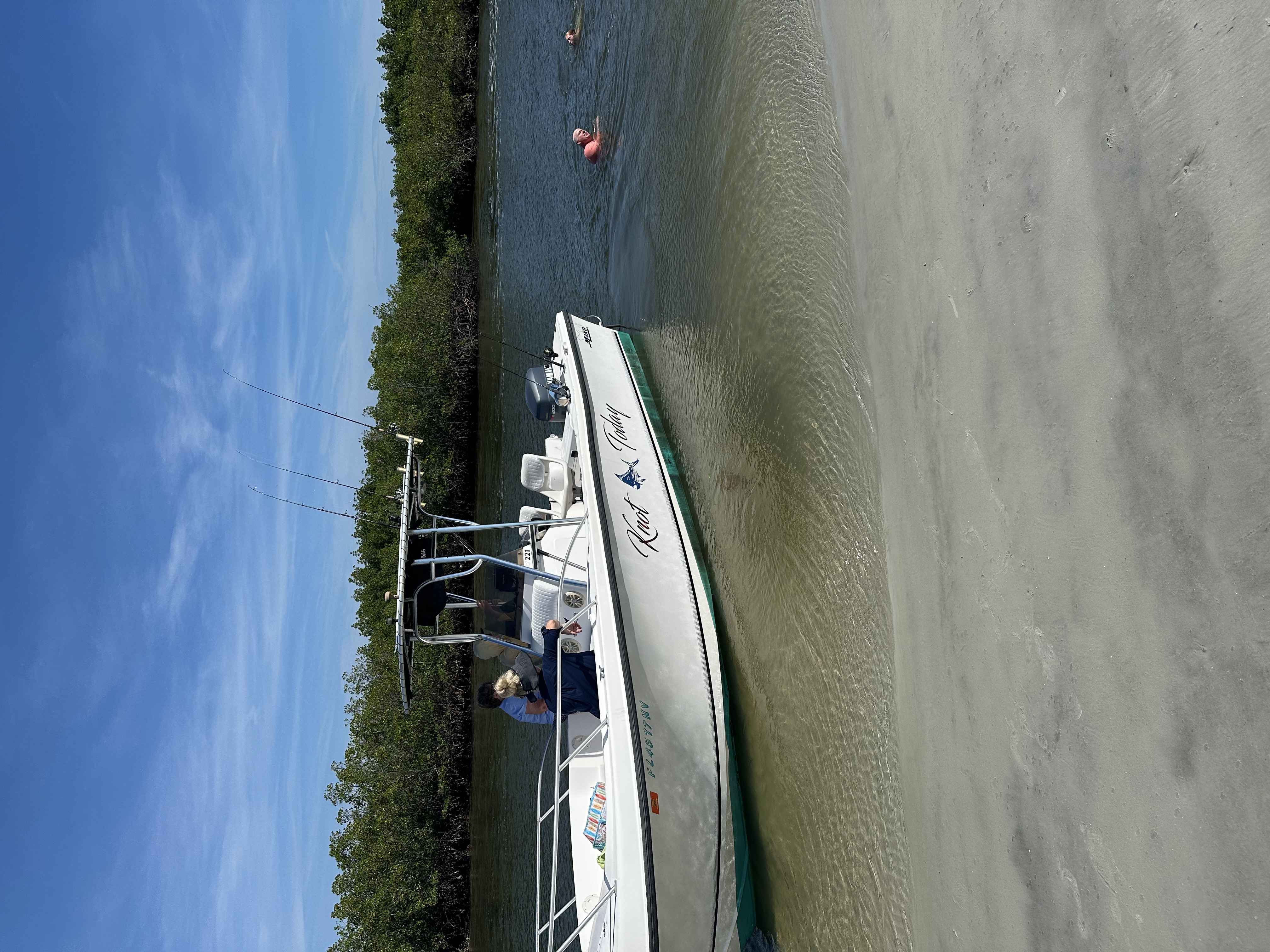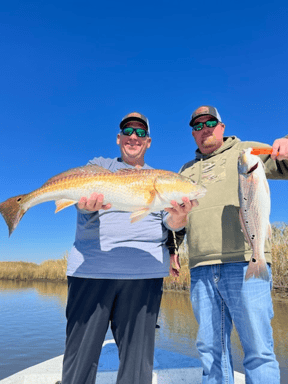Inshore, Nearshore, Flats in Biloxi
Inshore/Nearshore Fishing Charters!
Venice Inshore Fishing Charter
Inshore, River, Flats in Matagorda
Matagorda Bay Fishing Charters
Inshore, Flats Fishing in Bokeelia
Half Day Trip – Inshore
Inshore Fishing in Holmes Beach
6 Hour Inshore Fishing - Anna Maria
Inshore, Lake, Flats in Saint Bernard
Winter Special
Inshore, Jetty in Port Aransas
4 - Hour Rod Bending Jetty Trip
Inshore Fishing in Atlantic Beach
Inshore Fishing
Inshore, River, Flats in Jacksonville
Jacksonville - 4 Hr. River & Marsh
Inshore, Jetty, River in New Smyrna Beach
Inshore, Bridge And Inlet
We started Captain Experiences to make it easy to book fishing and hunting guides around the world. With over 2,000 Damn Good Guides, our platform makes finding and booking a trip seamless. Head here to check out our trips.
Speckled sea trout are a popular game fish known for their aggressive bite and delicious meat. As one of the most prolific inshore species on the Atlantic and Gulf Coasts, anglers use the common assortment of fishing techniques to target them. During my conversation with Captain Mitch, a Corpus Christi fishing guide with 25 years of experience, he explained how some anglers target speckled trout while trolling.
Speckled Trout Background
Spotted seatrout also known as speckled trout or specks, are actually related to the drum family despite their name. An American favorite light tackle game fish, speckled trout have elongated bodies that are silvery-white in color, with black dots down their sides and on their fins. Speckled trout will sometimes also have a yellow to golden mouth, but as they age, the yellow mouth and spots fade.
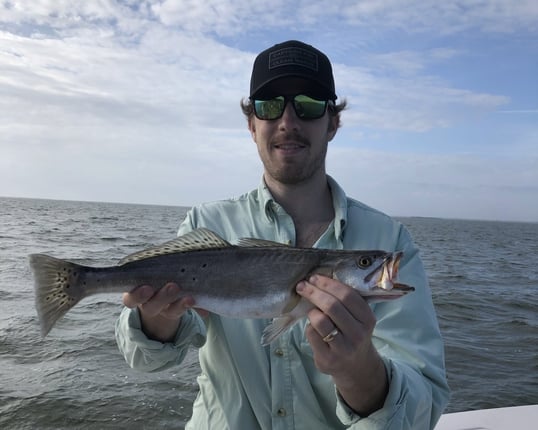
Specks can reach over 35 inches and 15 pounds in their eight to ten years of life. However, the average trout is typically around 18 inches long, and three to five pounds. The world record speckled trout was caught in Fort Pierce, Florida and weighed 17 pounds, 7 ounces, with a length of 39.5 inches.
Where to Find Speckled Trout
Speckled trout feed in shallow inshore waters that range from beaches, jetties, and inlets to flats, bays, and backwater. Captain Mitch explains that “trout are ambush predators so you will find them near grass lines, oyster beds, and drop offs where they can sit and wait for food.” Seasonal fluctuations in water temperature also affect speckled trout. When the water is warm, speckled trout spread out to find food but cooler temperatures push these fish back to protected waters. Speckled trout are sensitive to cold conditions and seek out areas that hold temperature. To find speckled trout during winter months, Captain Mitch advises anglers to “find areas with a mud bottom. Mud heats up faster and holds warmth better than sand.”
Fishing for Speckled Trout
Fishing for speckled trout is similar to many other inshore species with live bait, soft baits, and hard baits all in common use. Fly fishing is also popular but speckled trout are often a celebrated by-catch while on the hunt for redfish. The strong predatory behavior of speckled trout makes cut bait fairly ineffective. Mitch explains that “these fish almost never hit dead or nearly dead bait, they want to kill their prey.” The most popular methods used to catch speckled trout are wading or drifting bays and flats while casting live bait or artificial lures.
Trolling for Speckled Trout
Trolling is a technique most anglers associate with northern freshwater fish or offshore pelagic species but not speckled trout. Captain Mitch agrees that trolling for specks is an uncommon approach but continued to explain that it can be done and it’s effective.
The baits used to troll for speckled trout are typically a soft plastic paddle tail, swimbait, or shrimp and a weighted jig head. This is a common setup for anglers that wade or drift for trout but, Captain Mitch says “the baits are towed very slow. Put the boat in gear and let it idle.” This technique is used in the winter when trout are lethargic and head to protected mud bottom canals and back bays. While trolling for speckled trout is a unique approach, Captain Mitch says “it’s effective, but it’s not how I like to fish for them.”
Joey Butrus
Updated on July 28, 2023
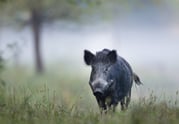
November 7, 2023
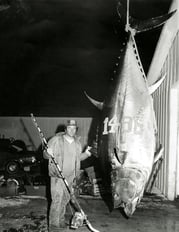
June 3, 2021

August 21, 2023

July 31, 2024
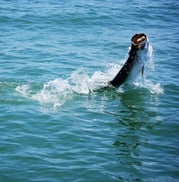
April 15, 2022
Related Articles
May 6, 2021
July 14, 2023
October 23, 2022
Featured Locations
- Fishing Charters Near Me
- Austin Fishing Guides
- Biloxi Fishing Charters
- Bradenton Fishing Charters
- Cabo San Lucas Fishing Charters
- Cancun Fishing Charters
- Cape Coral Fishing Charters
- Charleston Fishing Charters
- Clearwater Fishing Charters
- Corpus Christi Fishing Charters
- Crystal River Fishing Charters
- Dauphin Island Fishing Charters
- Daytona Beach Fishing Charters
- Destin Fishing Charters
- Fort Lauderdale Fishing Charters
- Fort Myers Fishing Charters
- Fort Walton Beach Fishing Charters
- Galveston Fishing Charters
- Gulf Shores Fishing Charters
- Hatteras Fishing Charters
- Hilton Head Fishing Charters
- Islamorada Fishing Charters
- Jacksonville Fishing Charters
- Jupiter Fishing Charters
- Key Largo Fishing Charters
- Key West Fishing Charters
- Kona Fishing Charters
- Lakeside Marblehead Fishing Charters
- Marathon Fishing Charters
- Marco Island Fishing Charters
- Miami Fishing Charters
- Montauk Fishing Charters
- Morehead City Fishing Charters
- Naples Fishing Charters
- New Orleans Fishing Charters
- New Smyrna Beach Fishing Charters
- Ocean City Fishing Charters
- Orange Beach Fishing Charters
- Panama City Beach Fishing Charters
- Pensacola Fishing Charters
- Pompano Beach Fishing Charters
- Port Aransas Fishing Charters
- Port Orange Fishing Charters
- Rockport Fishing Charters
- San Diego Fishing Charters
- San Juan Fishing Charters
- Sarasota Fishing Charters
- South Padre Island Fishing Charters
- St. Augustine Fishing Charters
- St. Petersburg Fishing Charters
- Tampa Fishing Charters
- Tarpon Springs Fishing Charters
- Venice Fishing Charters
- Virginia Beach Fishing Charters
- West Palm Beach Fishing Charters
- Wilmington Fishing Charters
- Wrightsville Beach Fishing Charters
